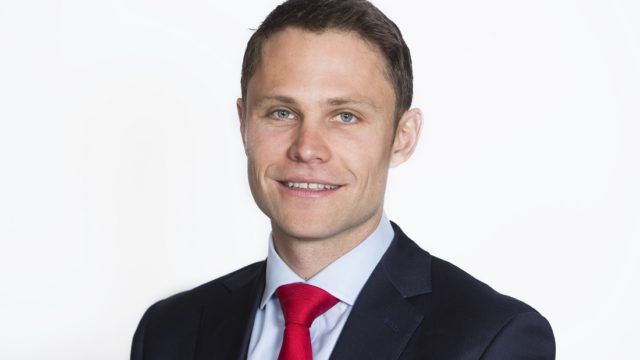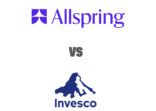David Copsey, Goldman Sachs Asset Management
Launched five years ago, the fund was previously called the Global Income Builder Portfolio.
In a January 2019 restructuring, GSAM’s multi-asset team replaced the co-manager structure and the product was renamed as the Global Multi Asset Income Portfolio.
Data suggests that income funds are in high demand in Asia. Reflecting that client demand, the revamped fund’s biggest change was pushing up the distribution yield target to 6.5%-7% from the previous 4%.
David Copsey, executive director of the global portfolio solutions group at Goldman Sachs Asset Management, said covered call writing – about 30% of the equity allocation — is the way the team expects to beef up the yield.
“The feedback from clients is they wanted a higher distribution yield and at the same time were concerned about market downside,” Copsey told FSA.
“So covered call writing seemed like a natural fit to that profile. This is structural, not tactical.”
The idea is to sell call options on a stock when it has a strong upside forecast, which the team doesn’t think will necessarily materialise in the longer-term.
“It’s a way of generating yield that does not exacerbate any downside risk.”
Copsey believes it’s a differentiator. “[Peer funds] may go lower down in the credit quality spectrum to generate yield or take more duration risk instead.”
Portfolio reshuffle
Portfolio makeup has also changed since January. Previously, assets were roughly 50/50 between high yield and investment grade on the fixed income side and dividend-paying equities.
He said positions are now more diversified to assets such as infrastructure and real estate for inflation hedging, plus a new allocation to emerging markets fixed income.
Copsey added that the multi-asset team brought in a “cycle-aware” process. It involves an economist team using specific metrics to determine the current stage of the business cycle.
“Right now we think we’re in an expansion phase of the business cycle, which tends to be the longest,” Copsey said. “When key indicators are suggesting a later stage of expansion, we will then take positions to adjust the risk factor due to changing market conditions.”
His position is in stark contrast to other firms. For example, JP Morgan has called for portfolio de-risking and Pictet AM this month cut equities to underweight and over-weighted cash.
The team’s expectation is for one US interest rate hike in 2019. “The Fed’s dovish tone if anything extends the cycle we are going through. Our view is to start preparing for the end of the cycle but not de-risking yet.”
Copsey is perhaps most bullish on emerging market growth, which was weak in 2018. He predicts growth will “stabilise and accelerate”. Moreover, slowing GDP growth in the US could be less positive for the US dollar, which can be a boon to local EM debt (which in total is 8% of the portfolio).
For US fixed income, he said the market is not pricing in much in terms of potential inflation, therefore the team is slightly bearish on government bonds. “We don’t see inflation moving significantly higher.”
High yield spreads are expected to widen, “but we don’t expect a catalyst that would cause defaults to rise suddenly”.
Risk factors
Like most multi-asset products, the GSAM fund aims to deliver the yield target with lower volatility than just owning equities.
But Copsey underlined some risks to the portfolio that involve economic growth, which he is watching closely.
“If stabilisation of China growth doesn’t pan out, despite policy and monetary policy support, then that would mean we revisit our view.”
Likewise in Europe, where he believes last year’s incredibly weak growth was due to temporary factors such as yellow vest protests in France, German auto sector troubles and Italy’s budget negotiations.
“If European growth is not back to at least 1% this year, it would give us cause for concern as well.”
The GS Multi-Asset Income Portfolio vs benchmarks and the category in Singapore


















